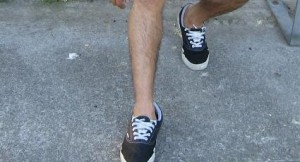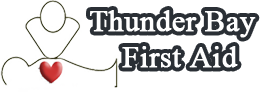A bunion refers to an unusual, bony bump that develops at the base of the big toe, on the

joint. Bunions tend to form when the big toe pushes against the other toes adjacent to it, thus causing the big toe joint to respond by moving in the opposite direction away from the foot structure. With time, this abnormal positioning of the toe may result in the enlargement of the big toe joint, thus applying more pressure on the other toes and causing more pain.
There are a number of reasons that may cause bunions such as wearing improper shoes that do not fit right or fit too tightly or wearing high heels for prolonged periods. An inherited structural defect may also give rise to a bunion. Another cause is arthritis which applies stress to the foot.
Bunionettes or smaller bunions can also occur on the joints of the little toes.
Signs and symptoms
- A bump on the outside of the base of the big toe
- Swelling, soreness and redness around the big toe joint
- Thickening of the skin overlying the big toe joint
- Persistent pain
- Corns and calluses
- Restricted movement of the big toe
When to seek medical attention
See your doctor if you have:
- Persistent pain in the big toe
- Foot pain
- Visible bump on the big toe joint
- Restricted movement of the big toe or foot
- Difficulty wearing shoes
- Difficulty finding right-fitting shoes
Causes
Causes of bunions include:
- Inherited disorder
- Frequent usage or high heels or inappropriate footwear
- Foot injuries
- Congenital deformity
Treatment
The following treatment steps may help improve symptoms of bunions:
- Apply a non-medicated bunion pad around the bunion or bony bump
- Apply an ice pack every 2-3 hours if your bunion is painful and inflamed
- Make sure you wear proper-fitting shoes with a wide and deep toe box
- Avoid wearing tight fitting shoes or high heels that are higher than 2 ¼ inches or 5.7 centimetres
Seek medical attention if pain persists, even with treatment.
Conservative treatment
These are non-surgical treatment methods to relieve symptoms such as pain, swelling and pressure:
- Change your shoes. Purchase comfortable, roomy shoes that will give you plenty of space between the toes
- Immobilization. Your health care provider may pad and tape the foot to normal position. This will redcue stress on the joint and reduce pain
- Medication. Your doctor may advise taking pain relievers such as ibuprofen or naproxen to reduce pain and inflammation. Your doctor may also recommend cortisone injections to reduce swelling and pain
- Shoe inserts. Wearing padded shoe inserts may help distribute pressure evenly around your foot when you move your feet while walking or standing. This will reduce symptoms and prevent re-injury and exacerbation of the bunion. You may also use over-the-counter arch supports to relieve discomfort, however, some people require orthotic devices instead
